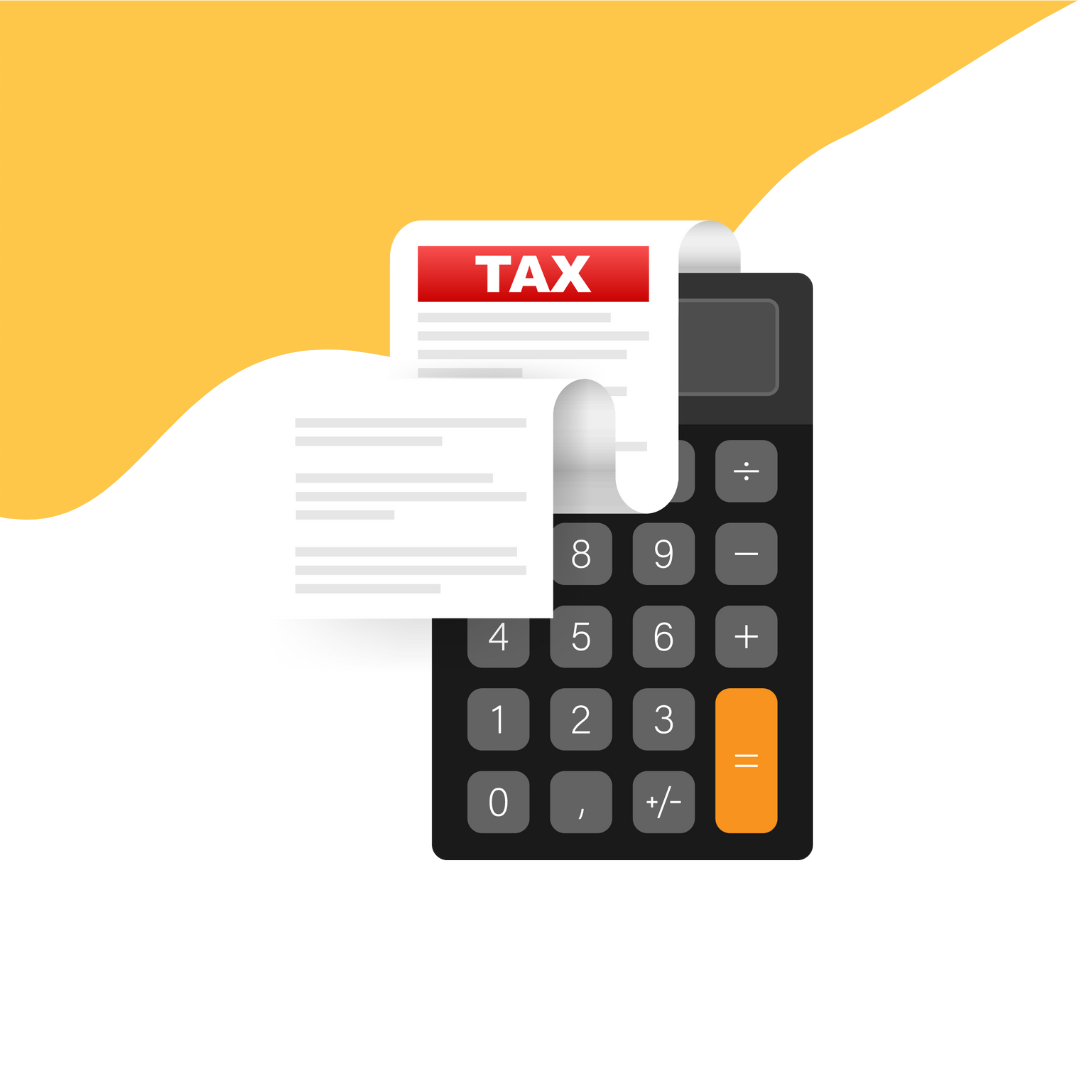Paternity Leave Gets Flexible: How the 2024 Changes Impact Self-Employed Parents
For self-employed parents in the UK, the arrival of a new child means not just joy, but also a juggling act of responsibilities and income. Thankfully, 2024 brings welcome changes to paternity leave and pay, offering greater flexibility and potential benefits for working dads and partners.
The New Landscape:
Splitting Leave: Dads can now divide their statutory two weeks of paid leave into two blocks of one week each, taken at any point within the baby's first year. This flexibility allows them to stay involved, share childcare duties, and potentially minimise income disruption.
Extended Timeframe: Leave and pay can now be taken at any point in the first year after the baby's birth or adoption, instead of just the first eight weeks. This gives self-employed parents more time to complete projects or find temporary cover, easing the financial burden.
Shorter Notice Period: Notice for taking leave is reduced from 15 weeks to 28 days, offering greater adaptability and last-minute adjustments to work schedules.
For Self-Employed Dads:
These changes present both opportunities and challenges:
Flexibility: Splitting leave can help maintain income flow by working around busy periods or client deadlines. For entrepreneurs with volatile workloads, the extended timeframe offers breathing room to adjust schedules.
Financial Security: Statutory paternity pay, currently set at £156.66 per week, remains the same. However, self-employed parents won't receive National Insurance credits during leave, potentially affecting future benefits like maternity allowance.
Planning & Preparation: The onus lies on self-employed parents to manage income replacement and workload in the absence of employer top-up schemes or paid sick leave.
Making it Work:
Here are some tips for self-employed parents navigating the new landscape:
Financial Planning: Estimate income loss during leave and create a budget to cover expenses. Consider savings, government grants, and self-employed income support schemes.
Client Communication: Inform clients well in advance about leave plans and potential schedule changes. Delegate tasks if possible or consider hiring temporary help.
Support Systems: Utilise childcare networks, family support, and online resources to share responsibilities and ease the workload.
Beyond the Changes:
While the 2024 reforms are a positive step, advocates stress the need for further progress. Increased statutory pay, accessible childcare solutions, and improved income support for self-employed parents are crucial for achieving true gender equality in parental leave.
Conclusion:
The revamped paternity leave system offers self-employed dads greater flexibility and control over their time. However, careful planning and financial preparation are key to making the most of the new options. With a proactive approach and ongoing support, self-employed parents can embrace fatherhood while minimising disruptions to their work and livelihood.



